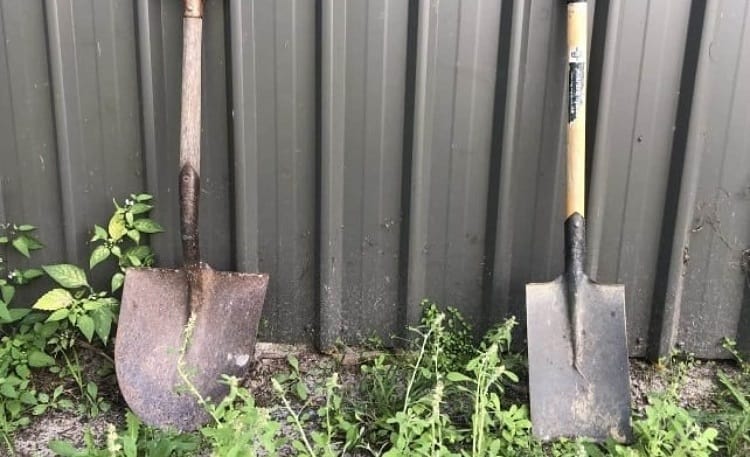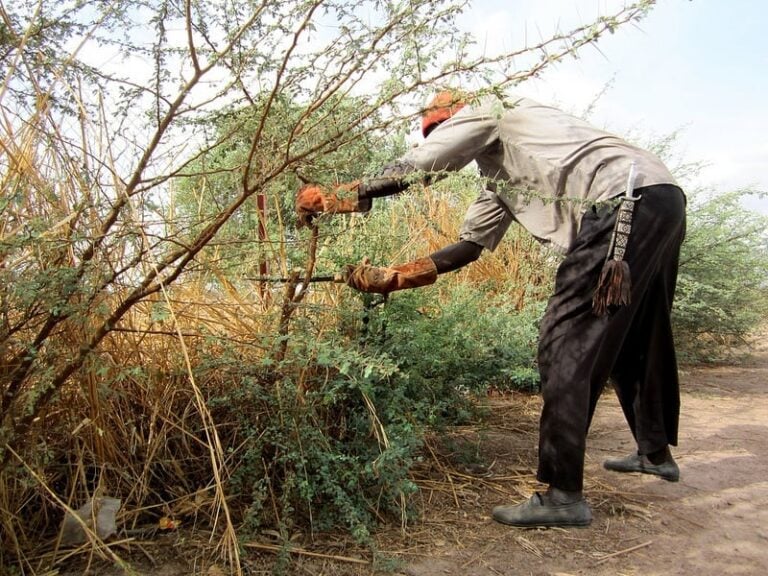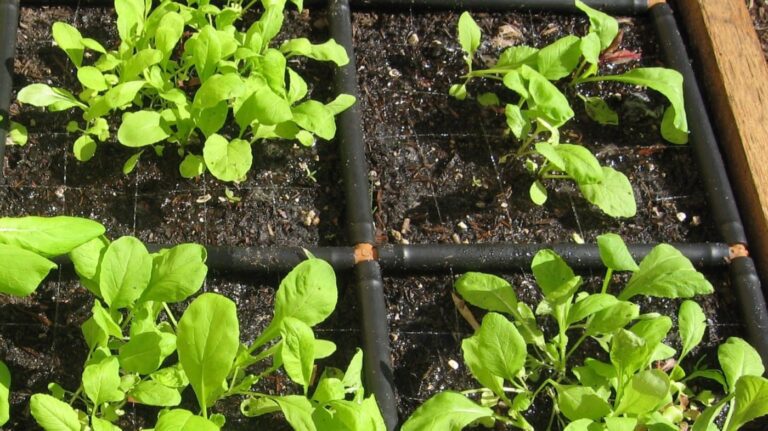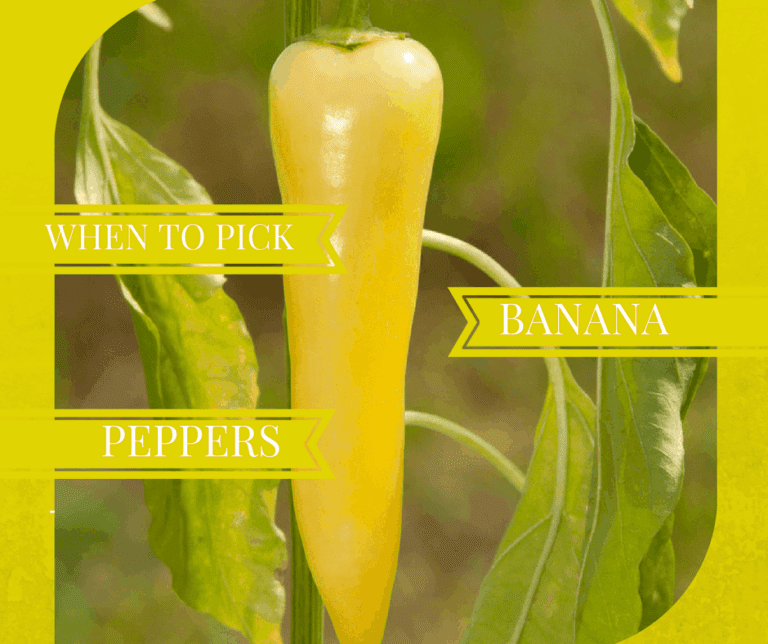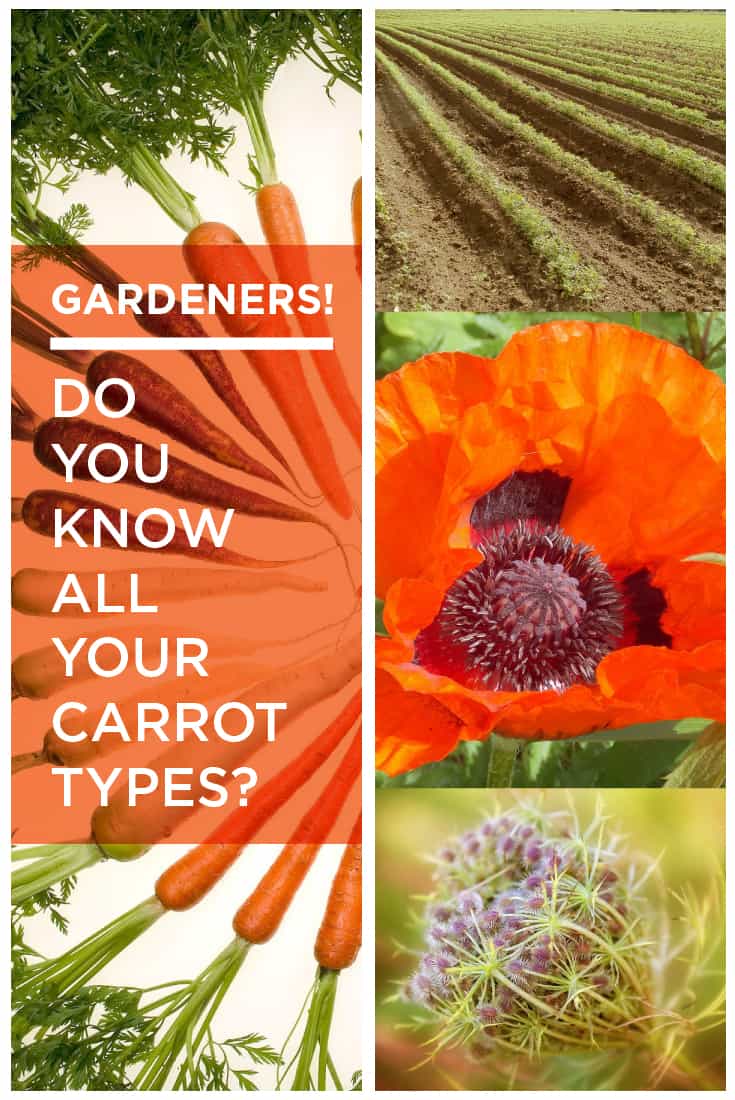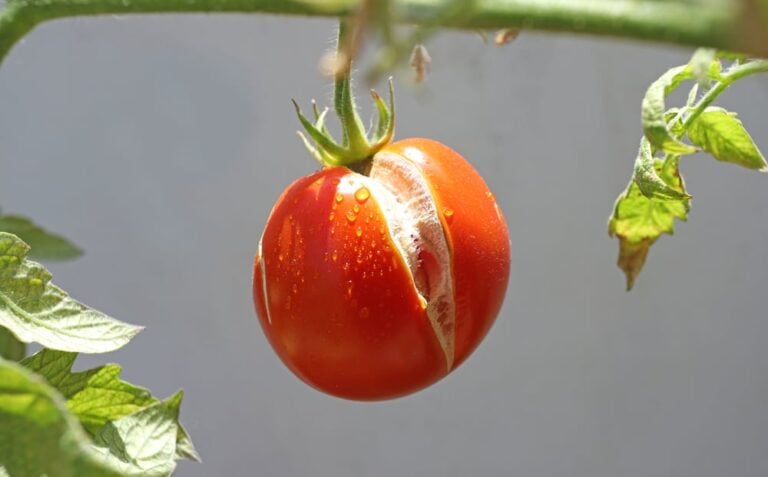The Best Companion Plants for Peppers
Are you excited to plant your peppers? You should be! However, amidst all the research regarding the planting of peppers, it is imperative not to miss out on what companion plants you should be planting for your peppers. In this post, we’ll go over some of the best companion plants for your peppers and some plants you’d be better off avoiding.
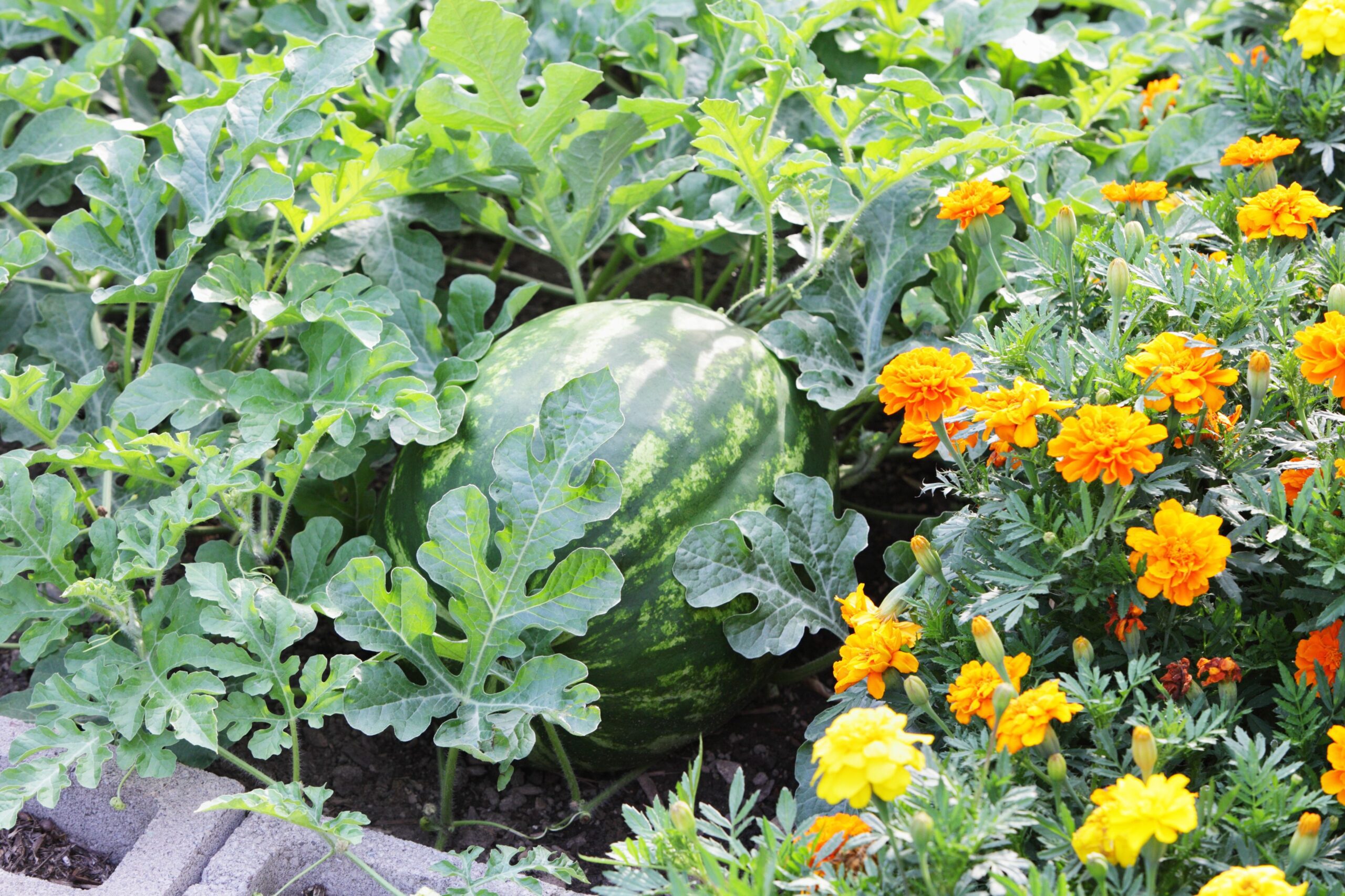
What is meant by Companion Plants?
Growing complimentary plants close to one another is called companion planting, also known as intercropping. It is a gardening technique that is generations old, used to boost yields and ward against pests. There are various advantages to planting specific plant combinations close together, including improved soil nutrients, pest management, cross-pollination, and enhanced production. Although this gardening method is typically employed in vegetable gardens, some flowers, like roses, can also benefit from it.
Good soil partners often have similar growth patterns, nutrient requirements, or pest-resistance traits. Onions and carrots are a pair of plants that do well in the same soil because the latter deters carrot flies. Plants have some chosen allies, just like they have some enemies. Unfavorable combinations can slow growth or destroy a crop.
How do we define Peppers?
A type of blooming plant belonging to the nightshade family’s Capsicum genus is the pepper (Solanaceae). Garden-grown peppers, which range in flavor from sweet bell peppers to hot jalapenos, are a great addition to many cuisines and liven up a garden with their vivid rainbow hues. These vegetable garden staples are a fantastic source of vitamins A and C.
Peppers do optimally in a sunny location with neutral soil and a lengthy, warm growing season. Nightshades can be planted in large pots, raised garden beds, or even in the ground. Although pepper seeds may be difficult to start with, peppers are simple to grow after they take root. Peppers have a vertical growth habit and want some trellis to ascend. These perennial plants will continue to produce peppers for you if properly cared for.
Best Companion Plants For Peppers
Consider putting your peppers next to amiable neighbors to aid with pests and enhance growing conditions, whether you produce fiery or sweet peppers. The finest plants to grow with your pepper plant are listed below.
Carrots
Carrots and peppers can be paired in the garden to offer nutritious mulching for the peppers in addition to being delicious on your plate. To make matters significantly better, they are excellent at keeping weeds under control in the garden, giving your peppers a fair opportunity to flourish strongly. Finally, they assist in properly dividing out the peppers.
Spinach
When spinach and peppers are grown together, there are advantages like weed control. When not fighting with the peppers for sunshine or water, they also aid in separating the peppers. Their slow growth rate is advantageous for peppers that may need to develop into larger plants.
Flowers
Many flowers, such as petunias, and marigolds, are great partners for peppers. These blooms provide the pepper crop pops of vivid color, draw pollinators, and ward off many pests that can destroy a crop. For example, marigolds are reported to repel Japanese beetles.
Basil
Beloved in the summer, basil grows well already. But adding pepper to it has several advantages, particularly for the peppers. The flavor of peppers is enhanced by basil, which is one of the key advantages. Most garden pests, such as flies, and mosquitoes, are also discouraged by basil. Whether growing them for your own use or selling, this is a fantastic method.
Leeks
Leeks are a part of the same plant family as onions and garlic. Despite not being as well-known as their brethren, they go well with peppers because they take up minimal room and keep pests like carrot flies away. They are excellent at spacing out the area because of their small stature.
Okra
Okra gives peppers shade and shields them from strong gusts, which promotes greater growth. They have a reputation for keeping pests like aphids out of gardens. They are excellent summertime companions for your peppers.
Onions
In addition to being one of the select plants for whom the roots and leaves are eaten, onions make excellent pepper and other plant companions. They aid in deterring pests from the garden, including slugs, aphids, and cabbage worms.
Lettuce
Given its dwarf stature compared to other pepper companion plants, lettuce is one of the greatest choices for filling in the gap between pepper plants. Additionally, they are excellent at keeping weeds from overrunning your garden.
Chives
Given that they increase pepper yields and flavor, chives are one of the best plants to grow with peppers. They also keep away pests like aphids and the majority of insects.
Radishes
It’s a fantastic idea to grow radishes and peppers together to make the most of your garden area. While they don’t provide the same direct advantages as some other plants on this post, they are fantastic space-saving plants because they grow quickly and produce a crop in just four weeks while you sit tight for the peppers to develop.
Tomatoes
Because they grow in comparable environments, tomatoes and peppers make good neighbors. However, particular consideration must be given to spacing when planting these two nightshades alongside. Because they are more susceptible to disease and bugs and shade pepper plants, tomato plants need more room than pepper plants.
Plants To Avoid Planting With Peppers
Even though peppers have far more allies than enemies, some foods don’t go well together. To prevent nutritional competition or the attraction of the inappropriate bug, do not plant peppers next to the crops listed below.
Fennel
Fennel is a fantastic plant partner for some plants since it attracts specific insects, not peppers. On the other hand, Fennel is a gluttonous plant that can prevent pepper plants from growing by devouring the nutrients they require to thrive.
Apricot
Peppers shouldn’t be planted close to apricot trees. Your fruit trees could be destroyed by a typical pepper fungal disease that is simple to propagate to your apricot tree.
Brassicas
Broccoli and cauliflower are brassica family members, which has distinct soil requirements from peppers. Whereas peppers require acidic soil, brassicas need neutral soil. Particularly kohlrabi will deprive peppers of nutrition as well while luring pests like flea beetles and cabbage worms.
Beans
Beans and peppers require different amounts of soil nutrients. Beans need nitrogen to grow, which might cause peppers to become stunted. Pepper plants are seriously at risk of suffocating from bean vines.
Improvement Of Soil
The soil can also be improved by forming plant alliances. Legumes are occasionally companion plants. These plants transform atmospheric nitrogen into a state that other plants could utilize as a growth factor. Other times, the companion plants act as cover crops that enrich the soil with nutrients and organic matter.
Cowpeas are frequently used as a cover crop. However, it can also be utilized to supply neighboring plants with nitrogen. A Californian study found that the cowpeas increased pepper production when cultivated alongside them by cutting down on weeds and supplying nitrogen. Spring is the ideal time to grow cowpeas.
Plant them alongside transplants of summer squash, tomatoes, or peppers. None of the partner crops should be planted from seed because they produce substances that may prevent seeds from germinating. Use only transplants.
Improving Pollination
Peppers grow well with annual or perennial plants that have large, broad blossoms or flowers with hoods. Despite being self-fertile, pepper flowers need to be moved or shaken in order to reproduce. This causes the anthers to discharge their pollen. Pollen release can be triggered by the wind or even just by you running into the plant.
Bumble bees, on the other hand, help pollination rates much more. Particularly important pollinators of peppers and other plants in the nightshade family, including tomatoes and eggplants, are bumble bees. This is due to buzz pollination, which is the rapid vibration of their flying muscles. The best tool for removing the pollen and fertilizing pepper flowering plants is this one.
Plant flowers that attract bumble bees to increase the number of bumble bees in your food garden. Large bumble bees require a safe landing area. One ideal choice is a plant with big, lobed flower petals. Bumble bees are required to open the flowers of hooded plants like lupines, snapdragons, and plants of the pea and bean family.
Another excellent option is broad-centered flowers with a hefty center, such as zinnias, coneflowers, and cosmos. To improve pepper pollination, plant a lot of these flowers all across your vegetable garden.
Weed Control
You can have a weed problem if you have a big garden and cultivate a lot of peppers. There are certain companion plants for peppers that really help control weed growth, in addition to mulching with straw and shredded leaves.
These plant partners also referred to as “living mulch,” are placed between pepper rows or on sidewalks, where they serve to crowd out and outcompete weeds. But be careful because if you don’t cut them down frequently as described below, they might start to grow weeds of their own.
A winter yearly cover crop that also functions as living mulch is subterranean clover (Trifolium subterraneum). As with peanuts, it grows by producing pegs from above-ground blossoms. In order to reach the earth where the seeds are created, the pegs grow downward. Subterranean clover is prevented from becoming weedy if you mow it before the pegs emerge if winter temperatures consistently fall below 15 degrees Fahrenheit.
In a Maryland research, sub-clover living mulch outperformed traditional pesticide treatments at controlling weeds. Regularly cut sub clover during the growth season. Plant transplants of a fresh crop straight through the debris after the plants have been winter-killed.
White clover (Trifolium repens) lowers weeds if utilized as a permanent living mulch. It also gives neighboring plants nitrogen and, if allowed to blossom, helps feed beneficial insects and pollinators. Since it’s a perennial and won’t die during the winter, plant it between rows of vegetables or in paths. Pick a shorter type, and cut the plants down multiple times a year with a lawnmower or string trimmer.
One study discovered that the weed control offered by white clover when applied as a living mulch between crop rows was similar to that of using commercial herbicides. If grown in between raised beds, it would operate similarly. Prior to the blossoms turning into seed heads, be careful to mow them down.
Trap Crops
Plants are selected as trap crops based on how attractive they are to a particular insect. Pests are drawn away from the target crop by the presence of a trap crop, preventing harm. In a sense, a trap crop is a sacrifice made to the pest. There are several plants that go well with peppers and make great trap crops.
Radishes
One of the most difficult pest problems that gardeners must deal with is flea beetles. They can impede plant growth and lower yields by leaving behind small, jagged holes. A mature pepper plant may withstand flea beetle damage, but a young seedling would be stunted, which could delay or diminish future production.
To minimize flea beetle damage to your pepper plants, all that is required is a basic trap crop of radishes. Pak choi and radishes are far more favored by flea beetles than pepper leaves. For maximum results, interplant your peppers with any of these low-maintenance pepper companion plants. A few weeks before planting the peppers in the garden, start the radish seeds.
Nasturtiums
Consider putting nasturtiums in a companion planting close by if pests are a problem for your pepper plants. The aphids choose to eat the nasturtiums rather than your peppers. Because aphids are small and have a short range of movement, you should place these two plant partners within a foot or two of one another.
An added benefit of having many aphids on your nasturtiums is that you’ll be giving many helpful insects, such as ladybugs, parasitic wasps, and several others, a regular food source by having lots of aphids there. Because there will be a large number of beneficial insects in your plot, they will be able to assist in controlling any aphid outbreaks in other parts of your vegetable patch as well.

